Adjunctive Methylene Blue in Septic Shock?
RebelEM
MAY 29, 2023
Background: Sepsis can induce numerous physiologic derangements. septic shock). Most of the research on the use of MB has been in patients with vasoplegia following cardiopulmonary bypass. Limited, small studies on its use in septic shock do not make a clear argument for use. Paper: Ibarra-Estrada, M et al. 95% CI 15.4




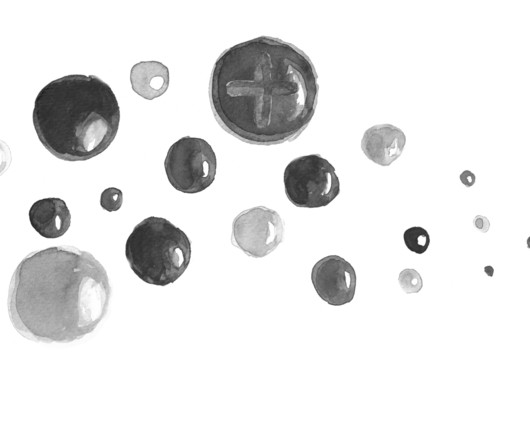





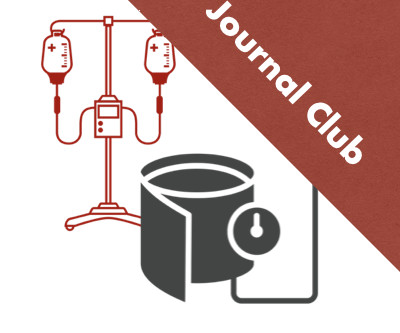

























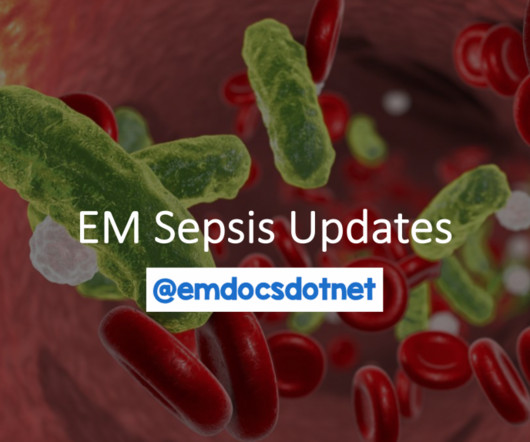

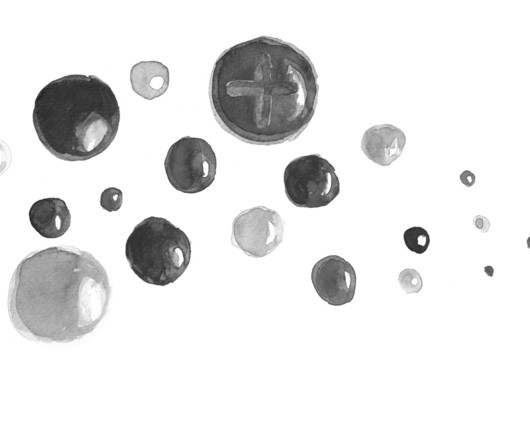

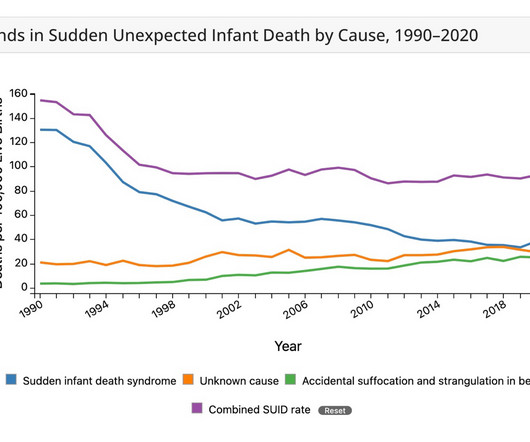

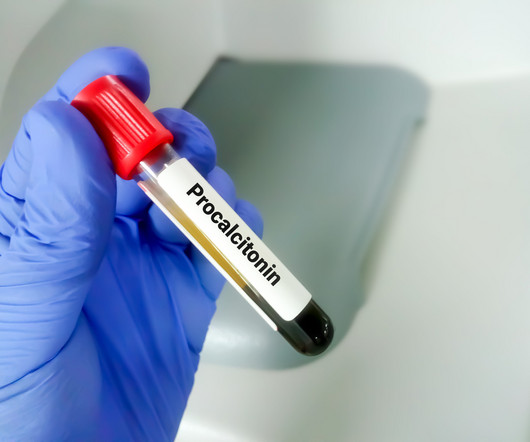







Let's personalize your content